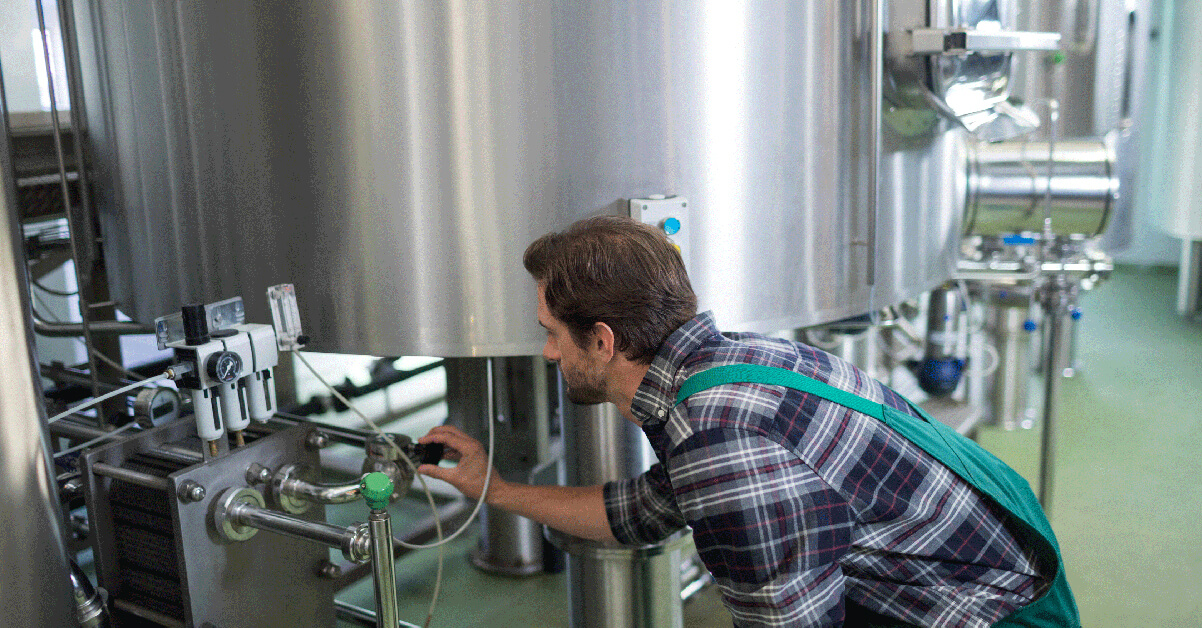
One of the most horrifying experiences of my life happened as I had just entered the dating scene as a freshman in high school. A girl who I was "talking to" called my house asking for me, and ended up holding a conversation with my dad for a good five minutes until she realized that it wasn’t me. My dad and I share the same name and, ironically, she also had the same name as my cousin. So, my dad mistakenly believed he was chatting with his niece. In short, that story explains why there is no Jack Walker IV.
As with phone calls in the 1990s, accidental mix-ups can occur if proper identification isn’t given. This blog post will explore one of the most common misunderstandings in the industrial coatings world—the difference between coatings that are approved by the Food & Drug Administration (FDA) versus those approved by the U.S. Department of Agriculture (USDA).
Although both of these coating types are used in food and beverage facilities, they are not the same and mixing them up can have significant implications. So, what’s the difference between the two coatings?
Permissions for Coatings Use
One of the major differences between FDA-approved and USDA-approved coatings lies in the permissions for how they can be used. With a stamp of FDA approval, a coating is approved to be in direct contact with commodities intended for human consumption. On the other hand, USDA approval means the coating is suitable for use in a USDA-monitored facility.
It is important to note that this difference in permission level generally implies a disparity in location inside the plant. The most common type of FDA-approved coatings is a lining used for commodity storage, whereas USDA-approved coatings will typically be wall and floor coatings. The latter type—especially floor coatings—is specifically formulated to handle the extreme cleaning conditions that are usually present in a food and beverage facility.
Technically speaking, all FDA-approved coatings are also USDA-approved coatings. However, the reverse is not accurate nor valid—and it is crucial to make this distinction. Placing a USDA-approved coating in direct contact with a food commodity could have serious consequences, including potential legal repercussions.
Level of Testing Required
Just like with other linings, testing is a massive part of the process in certifying a coating for FDA use. Not only is there a long list of raw materials that must be avoided with FDA-approved coatings, the lining needs to pass rigorous testing for compatibility with the commodity.
In addition, it’s important to note that FDA approval has nothing to do with potable water service, as a coating must be ANSI/NSF 61 tested and certified for potable water service in the United States.
Frequently, the same generic type of coating is compatible with both FDA and USDA services. Epoxy coatings are the most common coatings used for FDA-approved linings, followed by polyurethanes. In fact, polyurethane cement technology is currently taking the food and beverage resinous flooring market by storm. At the same time, epoxies continue to be a mainstay of USDA-approved coatings—proving to be the most widely used floor coating in the world.
When considering these differences, it becomes clear that FDA-approved and USDA-approved coatings are far from one in the same. Coatings manufacturers take all of this into account, including any specific functions a coating may need to perform in a given environment, before making a coatings recommendation—knowing all too well that an accidental mix-up could result not only in costly corrosion-control issues, but potential legal consequences as well.

